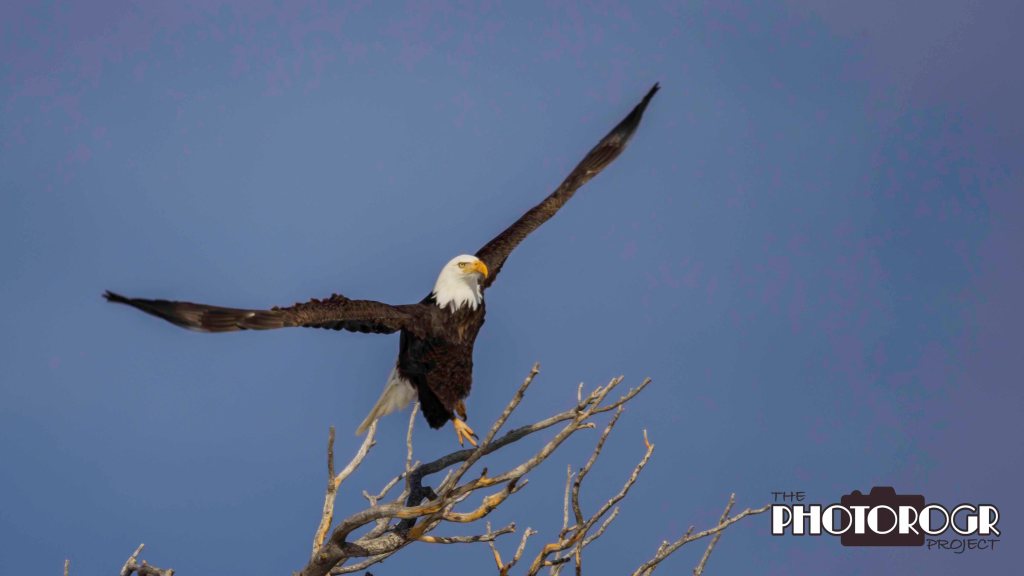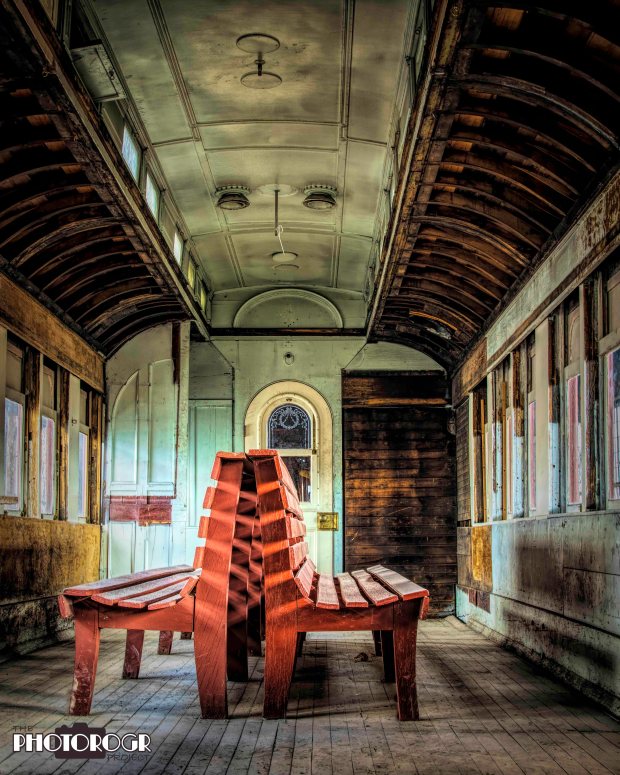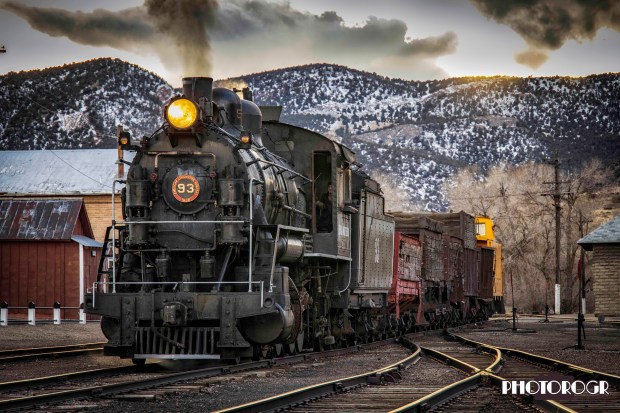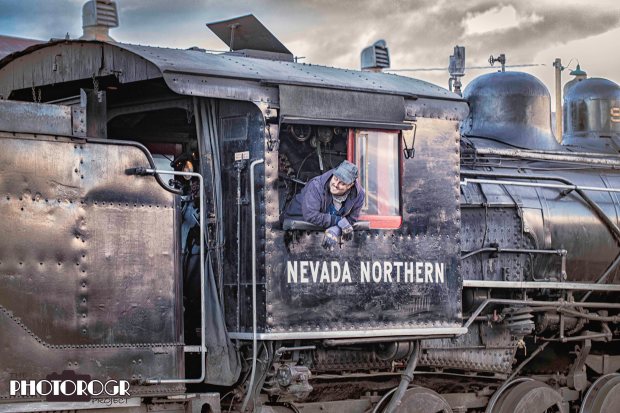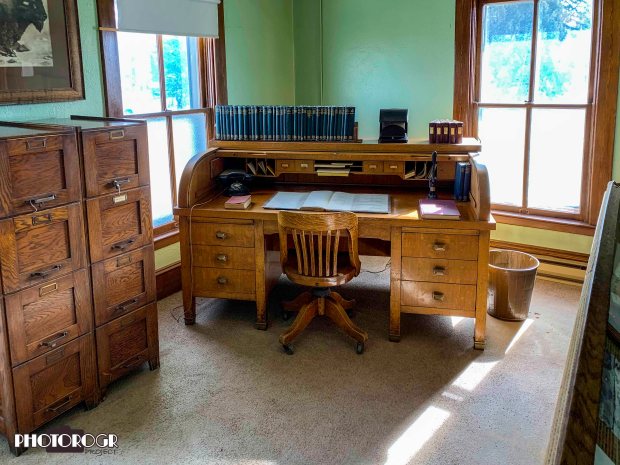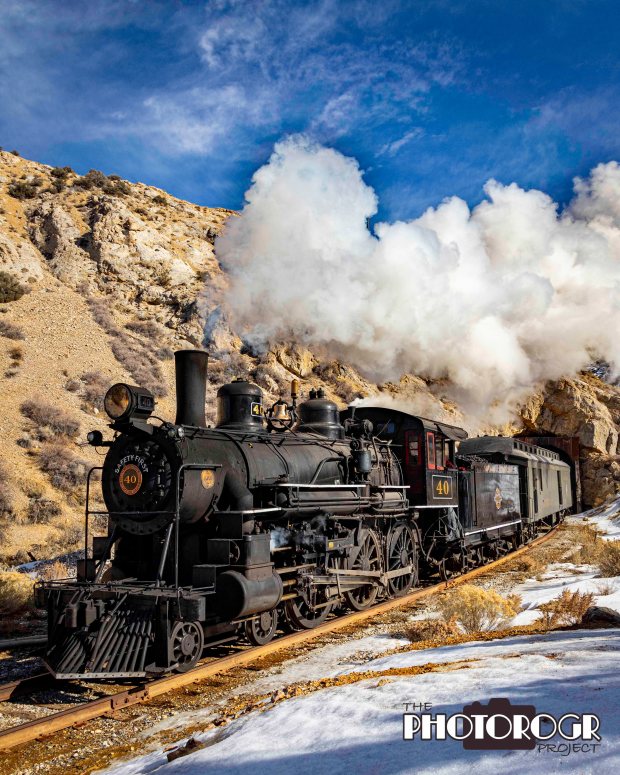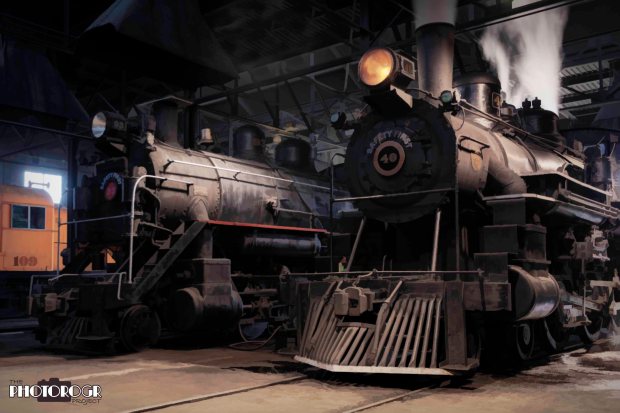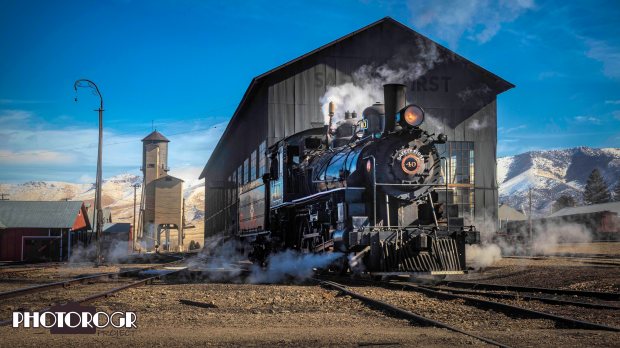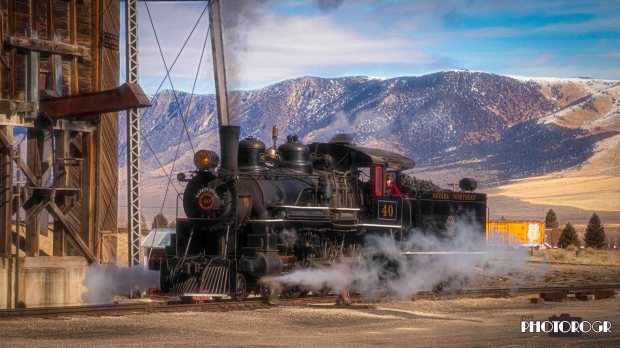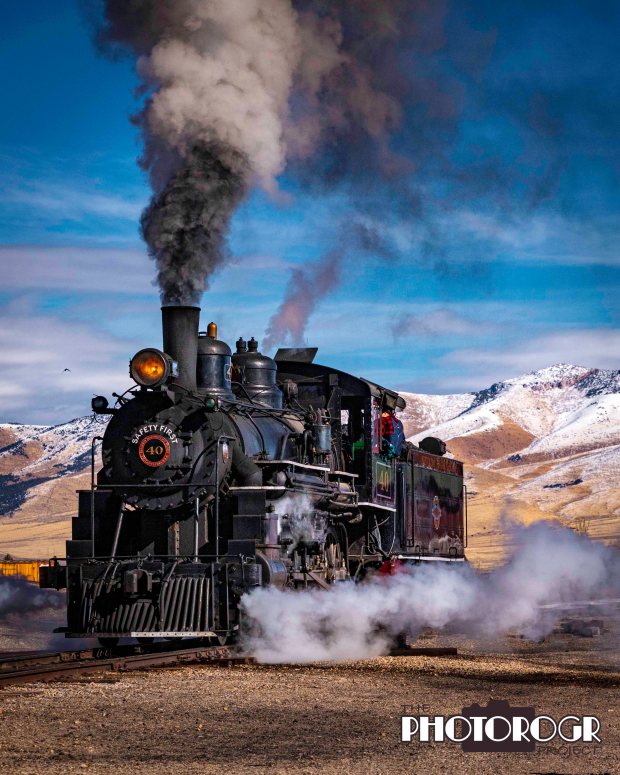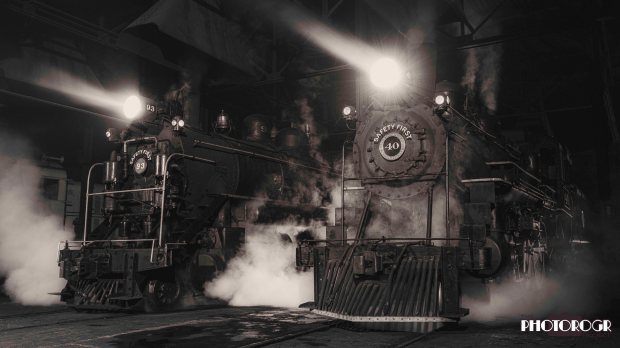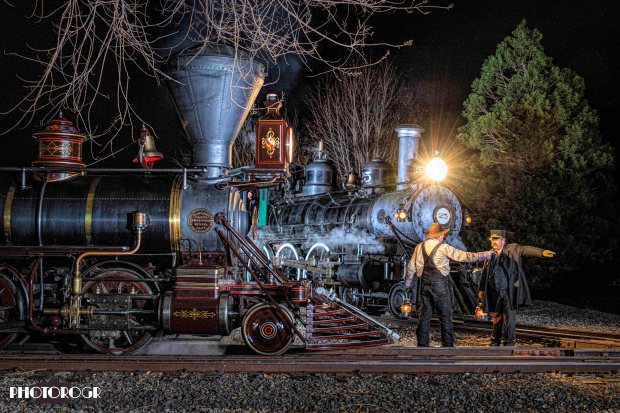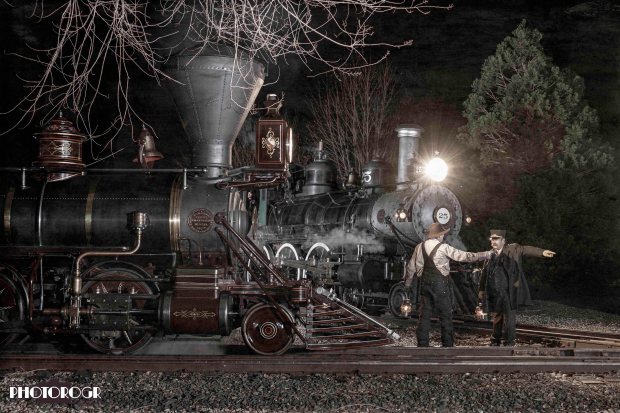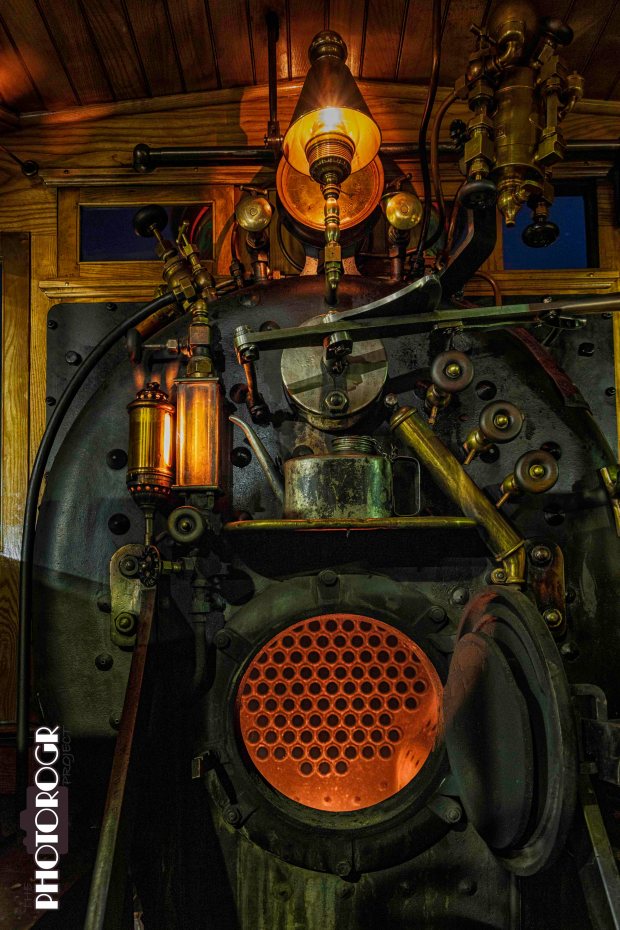…and the mouse and keyboard didn’t work. I had been editing some butterfly images (see below) and going from that wonderful creative process into problem resolution mode was difficult. I tried every set of keystrokes and other tricks that I have learned over many years of using a personal computer. I finally turned the machine off and tried to restart it, to no avail. I called the Geek Squad, my technology support team, and told them what happened. I described to the Agent the computer’s behavior over the past few months and what it was doing in the moments before the crash. I related my efforts to revive my machine but when I told the Agent the message I had on my screen when I tried to turn it on again, I simply heard a big sigh followed by those fateful words – sounds like a hard drive crash. At least she wasn’t suppressing a laugh.
Oh my! I disconnected everything and headed to Best Buy to visit the Geek Squad in person. Agent Trevor put my machine on the test bench, plugged it in and tried to make it work. Nothing. Agent Trevor disconnected everything and took it into the back room. Minutes passed. Agent Nate came out, mopped his brow, and told me that it just wouldn’t turn on for them either. We discussed my options. I bought a new hard drive and Agent Nate went to work.
After a few days, I got an email that my computer was ready. I was off to Best Buy. When I got there, Agent Nate showed me that the new hard drive was working. When I tried to get into my photo drive, however, nothing happened. My machine went back into the workshop with Agent Nate. After a while he came out and said that everything was dead again. We discussed my options now. The more we talked, the more I realized that my 4 and a half year old computer would not be revived.
Our discussion turned to a new computer. I decided on a new HP with an i5 processor and a great video card. I added a couple internal hard drives to facilitate my photo editing workflow, left everything with the Geeks to install the new hard drives and recover what they could from the old computer, and headed home.
On the way home, I reflected on the past couple days. First, that I had fortunately completed my monthly backup the week before the crash. I might lose the butterfly image edits, but nothing else. The RAW butterfly images were still on the SD card in the camera and I could re-edit the couple pictures I had worked on. Then the sticker shock associated with a new computer hit, quickly replaced by the excitement of having a better system that would accomplish tasks more efficiently with data storage that was better technology than the old.
In the next few days, I got out and took some pictures. I hiked up to the Kings Canyon Waterfall west of Carson City, got some shots of the steam powered locomotives at the Nevada State Railroad Museum, drove up Ebbetts Pass to see how far it was open, and recorded some of the flowers in our back yard. Without the computer, the mages sat in the cameras calling to me – we want to be edited! I had to ignore them, but it was difficult.
As time went by without a computer, I thought about when we bought our first computer in 1982 – an Apple IIe. My lovely bride was a junior high teacher and Apple had wisely put their systems into classrooms, then offered teachers a discount for buying a computer for home use. It only made sense to have the same computer at home as she had at school. As I recall, we paid more for that IIe than I did for my new machine. Of course, in 1982 dollars that was a lot of money. I gotta tell you, though, that that Apple was awesome. It had a huge (12″, I think) monitor with pixelated text. The keyboard was built into the computer case. Data storage was accomplished using bulky drives wired to the back of the computer case, and we had a case of 5-1/4 Inch floppy disks next to the computer.
We subscribed to an Apple magazine to help learn how to use a computer. The magazine contained programs for exciting things to do on your computer. I spent many hours typing in the code so I could have a digital fire on the monitor. Since keyboarding was a little different than typing, Apple included programs to teach us how to use a keyboard. Our oldest son, who was just a year old when we bought the computer, loved to use the cursor control program. There were two themes – a gnome and a bunny – each traveling in a two dimensional maze. The gnome was looking for gold and the bunny for carrots. When the gnome or bunny ran into a wall or ceiling (controlled by our son), the gnome or bunny would face you and stomp his foot. It was very entertaining to a one year old.
We used this computer for many years. While I was finishing my college degree, we added a second drive so I could move data without having to change floppy disks. We were really in heaven when I got a copy of AppleWorks, an integrated software with a word processor and spreadsheet. I wrote most of my college papers using the AppleWorks word processor. I had to take a technical writing class, so I took it in a summer session. The instructor required that all papers be written, graded, then rewritten as needed. Since I was married to an English teacher, I would write my papers on the Apple computer, have my lovely bride review them, and then print them (on our very impressive dot matrix printer). One day, I got a paper from the instructor with the only comment that I needed a comma in a sentence. Using AppleWorks, I inserted the comma and printed the paper. My lovely bride disagreed with the instructor and I agreed with my bride (of course), but I turned in the corrected paper anyway. At the end of the semester (when I had my A), I admitted to the instructor that I was married to an English teacher but I never mentioned the disagreement over the comma.
This rather long trip down memory lane shows just how much technology has grown and overtaken our lives. When I think of how simple that Apple IIe was to use, but how limited in what it would do compared to the computers of today. The same applies to telephones, automobiles and, of course, photography. I shoot digital cameras – no film at all. My cameras are simply a computer attached to a lens with a shutter that controls light hitting a sensor. My phone is a data management device that takes pictures and makes phone calls.
I was surprised at how distraught I was over not having access to a computer to edit my images. I determined that my creative process only begins when I compose in camera and release the shutter, and without the digital darkroom the process is not completed. I have also determined that I’m okay with that. Long ago, I figured out that the digital darkroom was critical to my photographic process. Many photographers like to do everything in camera and minimize their computer time but I prefer to have the camera record the light and then make my images happen on the computer. Personal preference rules – all processes are valid.
With that in mind, I need to wrap this up and get back to work configuring my new computer to my digital darkroom workflow. I’m amazed at the number of little things that I do, but have been reminded when I’ve tried to use them and they’re not there. In good news, however, the new computer makes quick work of editing. Where I waited several minutes for the old computer to move between PhotoShop and the various filters that I use, the new computer takes seconds. It’s wonderful.
The biggest lesson here is that good data storage protocols – including regular backup – are critical. And not just for your images, take care of your critical documents, too!
As for those butterflies, Agent Nate was able to recover all the images from the hard drive on my old computer and put them on my new computer’s drives, so all I had to do was re-install my editing software and apply some filters. Enjoy – PHOTOROGR











